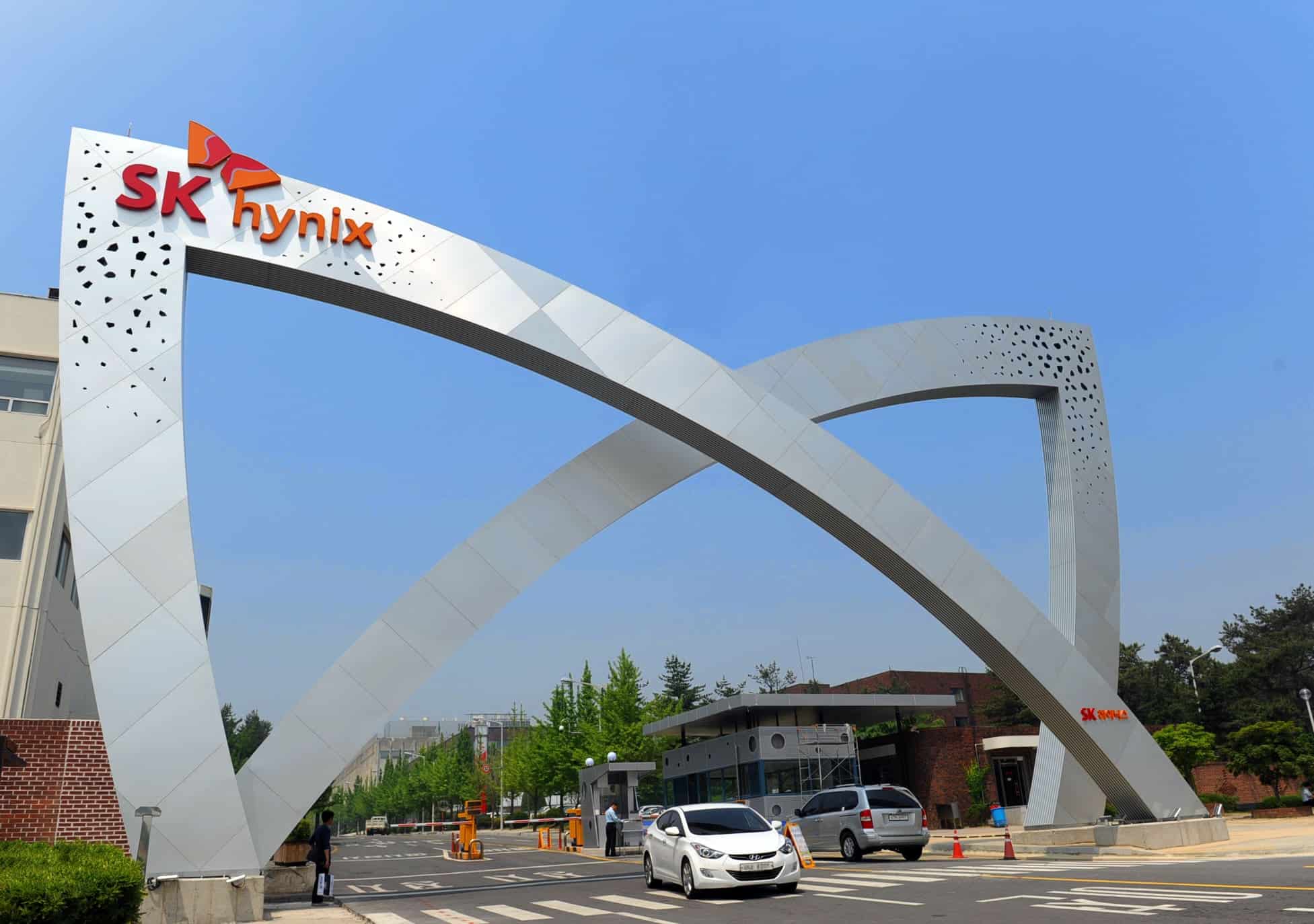For the first time in over three decades, Samsung Electronics has ceased to be the world’s leading DRAM memory manufacturer. The ouster is led by SK Hynix, driven by explosive demand for high-bandwidth memory (HBM) for artificial intelligence and through an exclusive agreement with Nvidia, which has become the industry’s key arbiter.
According to Samsung’s semiannual report, its global market share in DRAM fell from 41.5% at the end of 2024 to 32.7% in the first half of 2025, a loss of 8.8 percentage points—its biggest decline since it began breaking down its figures in 1999.
Meanwhile, SK Hynix now holds a 36.3% market share, surpassing its historic South Korean rival for the first time in 33 years.
The Nvidia Factor and the Rise of AI
The DRAM memory market has shifted course with the advent of generative artificial intelligence. Large-scale AI models, from ChatGPT to Gemini or Claude, require servers equipped with state-of-the-art GPUs and memories like HBM3E and HBM4, where SK Hynix has positioned itself as a leading supplier.
Since March 2024, the South Korean company has supplied HBM3E exclusively to Nvidia, which dominates the AI accelerators market. This has significantly boosted SK Hynix America’s revenue, reaching 24.7 trillion won (approximately $17.79 billion) in the first half of 2025, a 103% increase compared to the previous year.
In contrast, Samsung, which supplies HBM3E to AMD and Broadcom, has yet to break into Nvidia’s supply chain—a gap costing it billions and its longstanding leadership position.
Investors Shift Focus to SK Hynix
This market turnaround is also reflected in the stock market. Retail investors in SK Hynix increased their holdings by 21.3% in the first half of the year, compared to an 18.9% increase in Samsung. Optimism centers on SK Hynix’s ability to maintain its dominance in HBM memory, which already accounted for 54% of its DRAM operating profit in the first quarter, according to Counterpoint Research.
“Contract volumes in HBM are now the most determining factor in the memory market,” explains Han Dong-hee, an analyst at SK Securities. “Even with increasing competition, SK Hynix has a clear structural advantage.”
Samsung Looks to Counterattack
Samsung has announced that it will focus on profitability and strengthen its product lineup with high-capacity DDR5, LPDDR5x for servers, and future generations of HBM. The company insists it will actively respond to the trend toward higher-capacity AI servers, although analysts believe the real challenge will be breaking Nvidia’s strategic hold over its suppliers.
This blow also has symbolic significance: Samsung maintained nearly absolute dominance since the 1990s, establishing itself as a global leader in memories. Now, that throne has passed to its direct competitor, potentially setting the direction of the industry in the coming years.
FAQs
Why has Samsung lost its leadership in DRAM?
Mostly because it has failed to secure supply contracts with Nvidia for HBM, while SK Hynix has established itself as Nvidia’s main provider.
What is HBM memory, and why is it so important?
It’s a high-bandwidth memory made of stacked DRAM chips, critical for GPU performance in AI applications.
Will SK Hynix continue to lead in the future?
Analysts believe so, at least in the short term, although Samsung is preparing a counteroffensive with new generations of HBM and DDR5.
What impact does this have on investors?
The shift has sparked increased interest in SK Hynix, with retail investors growing faster than in Samsung in 2025, reflecting market confidence in its leadership in AI memory technology.

